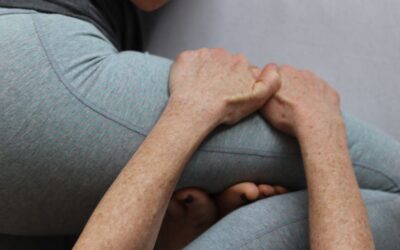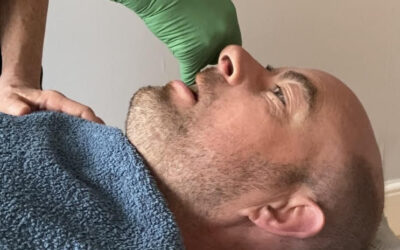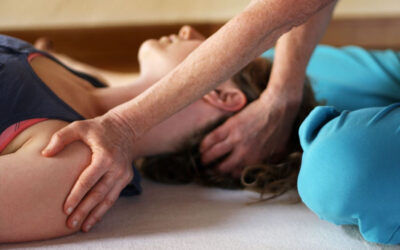A tension headache or tension-type headaches is the most common type of primary headache. Tension-type headaches account for up to 78% of all headaches and approximately 3% of the population has chronic tension-type headaches, chronic meaning long term, this can have a considerable impact on your daily life. The pain is often described as a constant pressure,
as if the head were being squeezed in a vice, the pain is frequently bilateral which means it is present on both sides of the head at once. It can affect the front, top, or sides of the head and often spreads down your neck, or seems to come from your neck. Episodic tension-type headaches are defined as tension-type headaches occurring fewer than 15 days a month, chronic tension headaches occur 15 days or more a month for at least 6 months. These headaches may last from 30 minutes to several days.
Episodic tension headaches usually begin gradually, and often occur in the middle of the day. Although the pain may vary in intensity throughout the day, the pain is almost always present. Chronic tension headaches do not affect vision, balance, or strength and women are twice as likely to suffer from tension-type headaches as men. Episodic tension headaches are usually triggered by an isolated stressful situation or a build-up of stress and daily stress can lead to chronic tension headaches.
Other possible causes of a tension-type headache include noise, cold, heat or bright sunlight. In some people, tension headaches are caused by tightened muscles in the back of the neck and scalp. This muscle tension may be caused by a variety of reasons including, poor posture, stress, anxiety, tiredness, eyestrain and over exertion. Frequent use of pain medications in patients with tension-type headache may lead to the development of medication overuse headache or rebound headaches. Tension headaches that occur as a symptom of another condition are usually relieved when the underlying condition is treated.
If you feel that you are experiencing headaches due to muscular tension in the neck and shoulder area massage can help relieve the tightness and give relief from headaches. Trigger points in the neck, shoulder and base of the skull that refer pain can be released and compressing certain acupressure points helps too. The deep relaxation felt after massage and reflexology can bring relief and ease the pain.
For self massage try hooking your thumbs right under the base of your skull and applying as much pressure as is comfortable, covering from the centre outwards can provide welcome relief. Rubbing the temples and points around the eyebrows feels great too as does applying gentle heat to ease the muscles.
If you are unsure of the cause please check with your GP, it’s always worth having your eyes tested too.
Feel free to contact me to find out how my treatments can help you, contact by email or call on 07739155807


